 Day 3, CONEXPO
Day 3, CONEXPO
Toro e-Dingo is a battery utility loader released two weeks ago and scheduled to ship in late April. Toro plans to develop remote controlled and/or programmable machines in the future.

2020-03-12


2020-03-11
2020-03-10
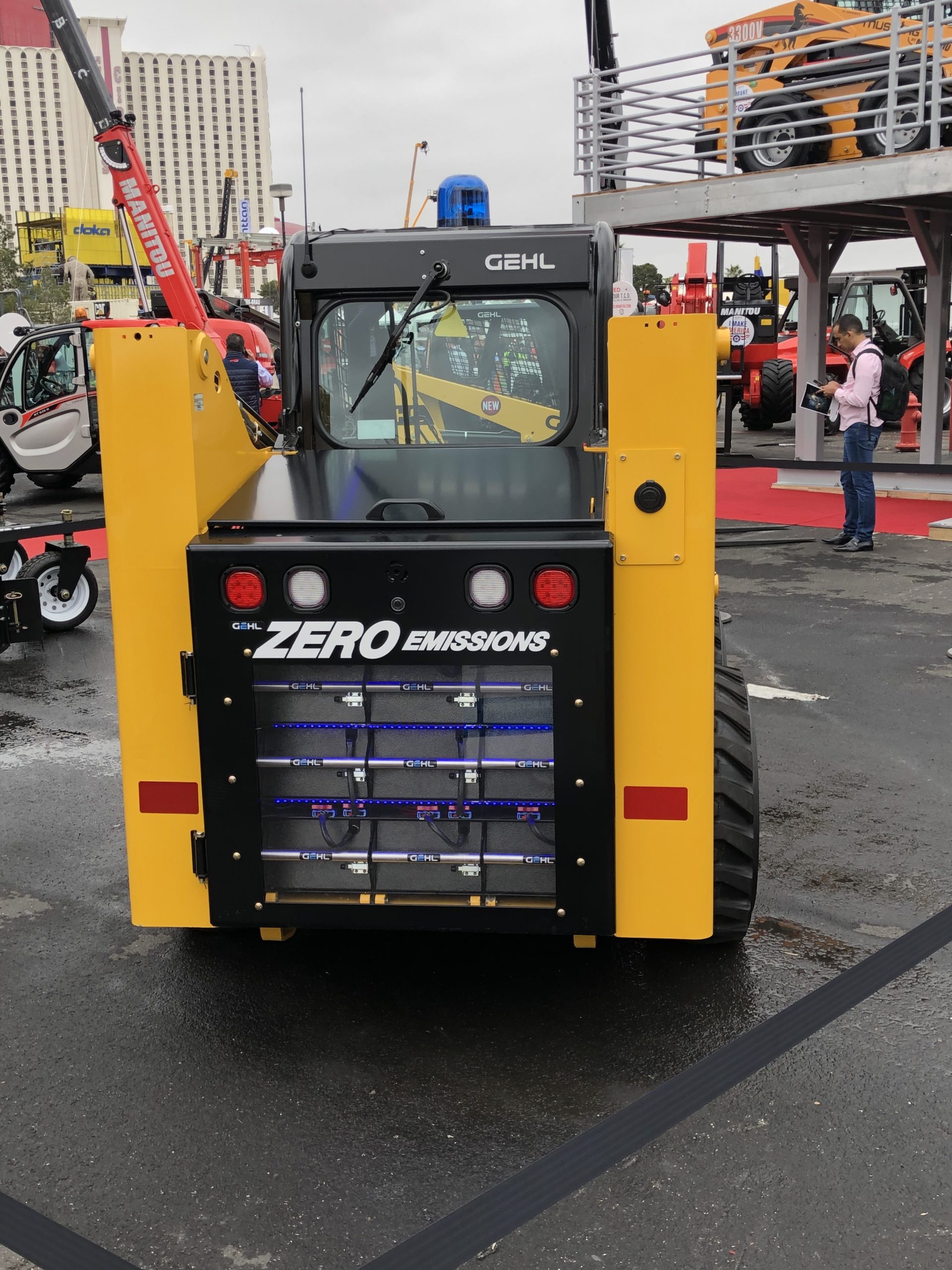
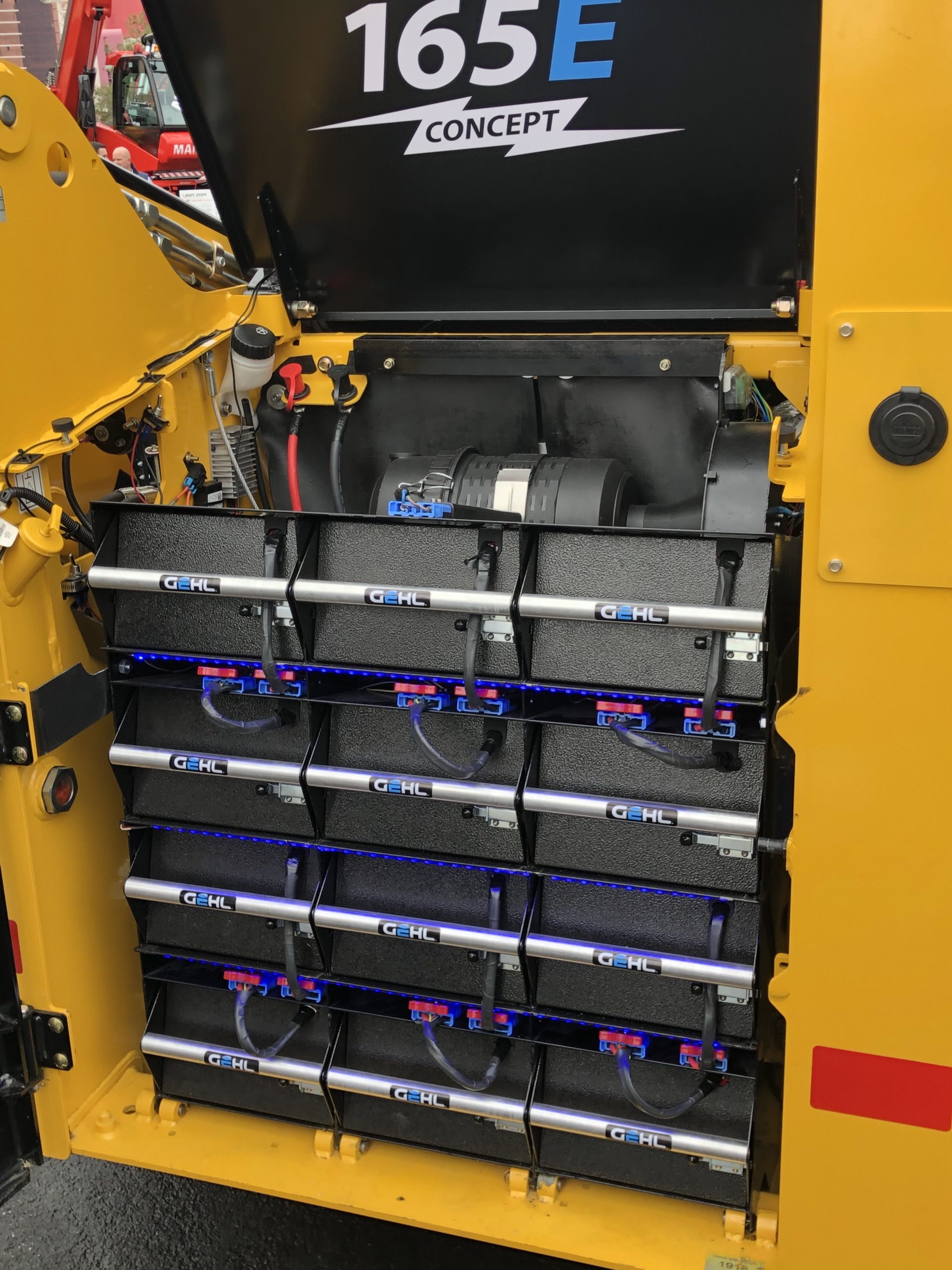
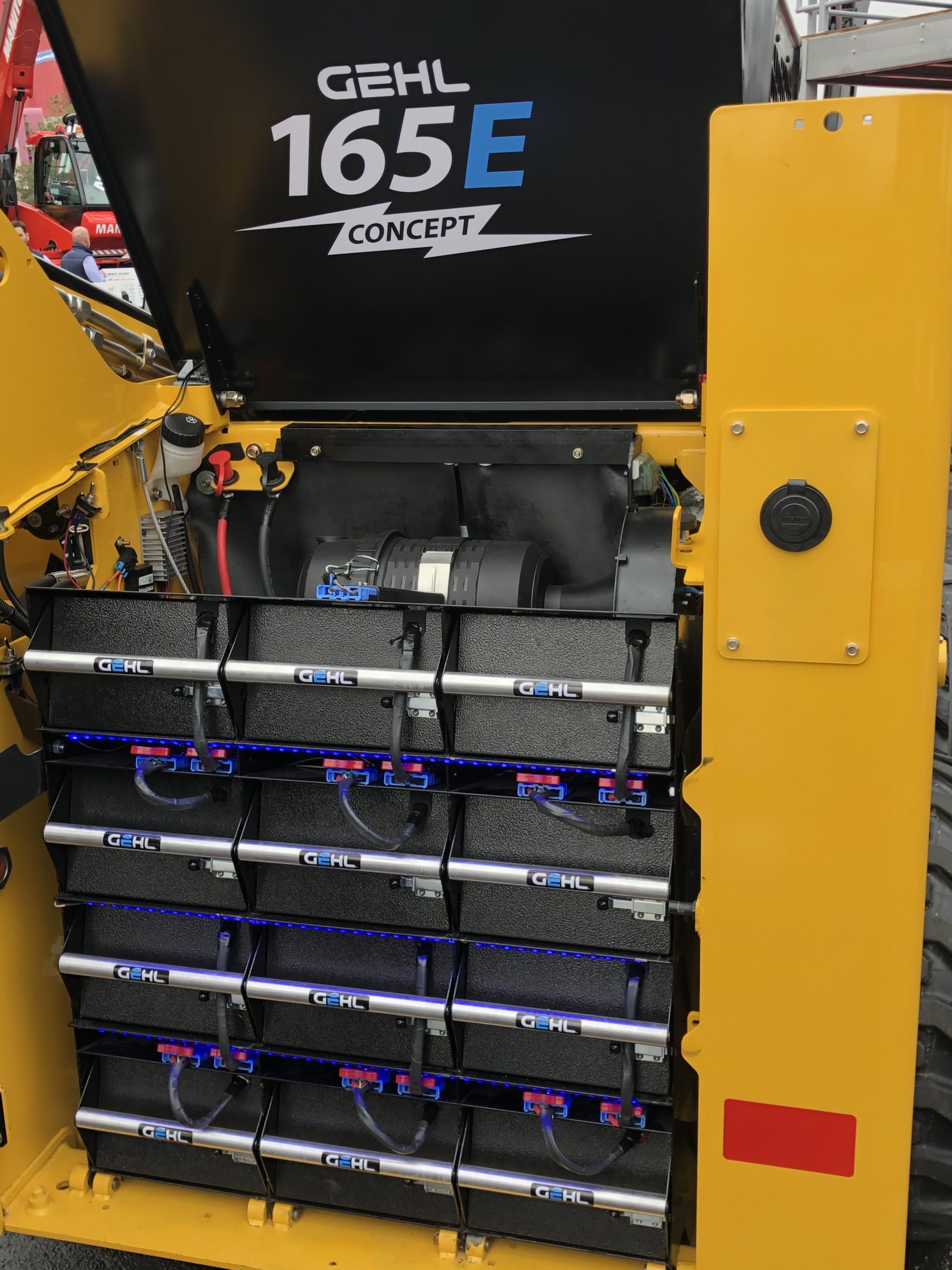
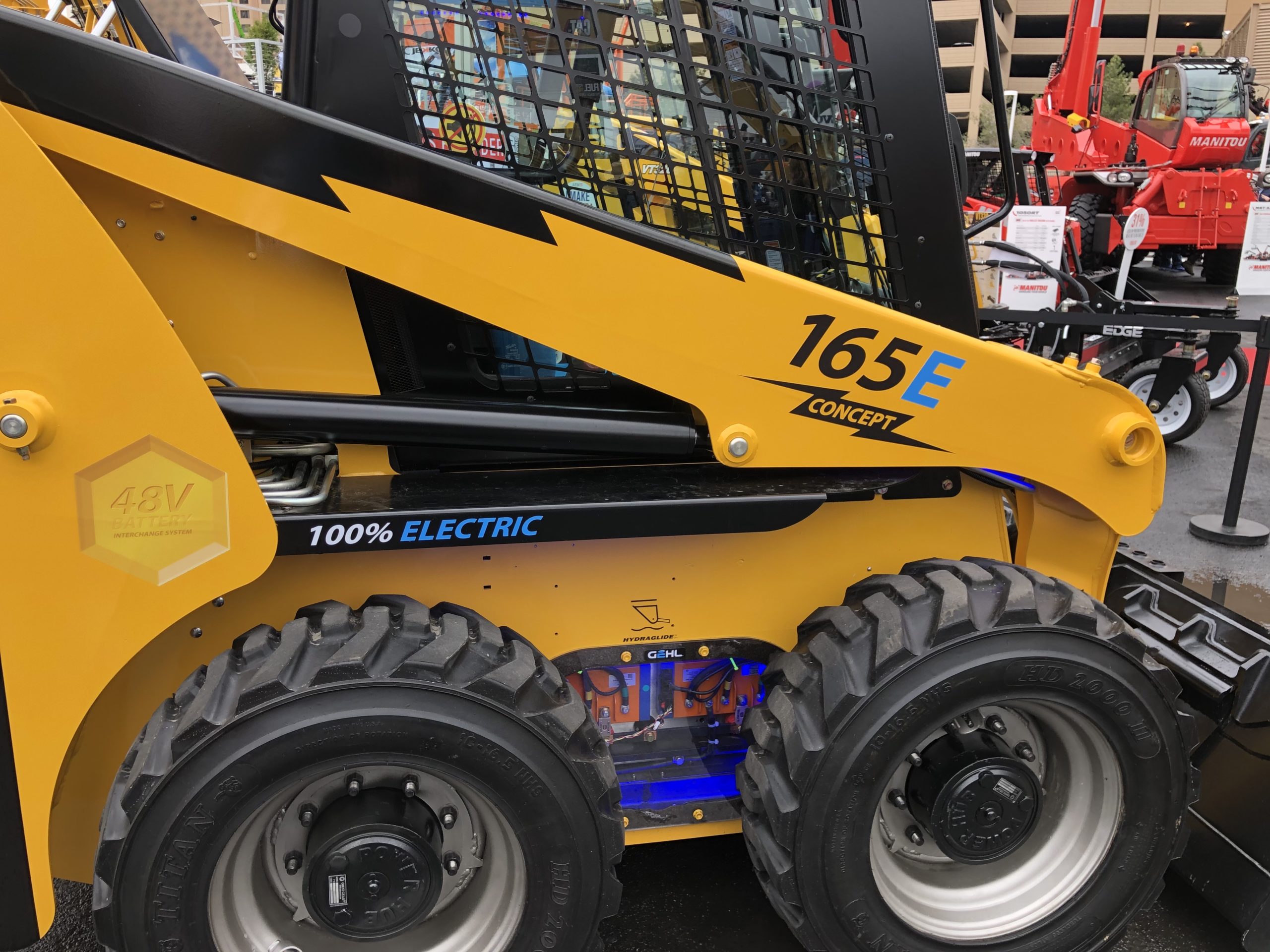
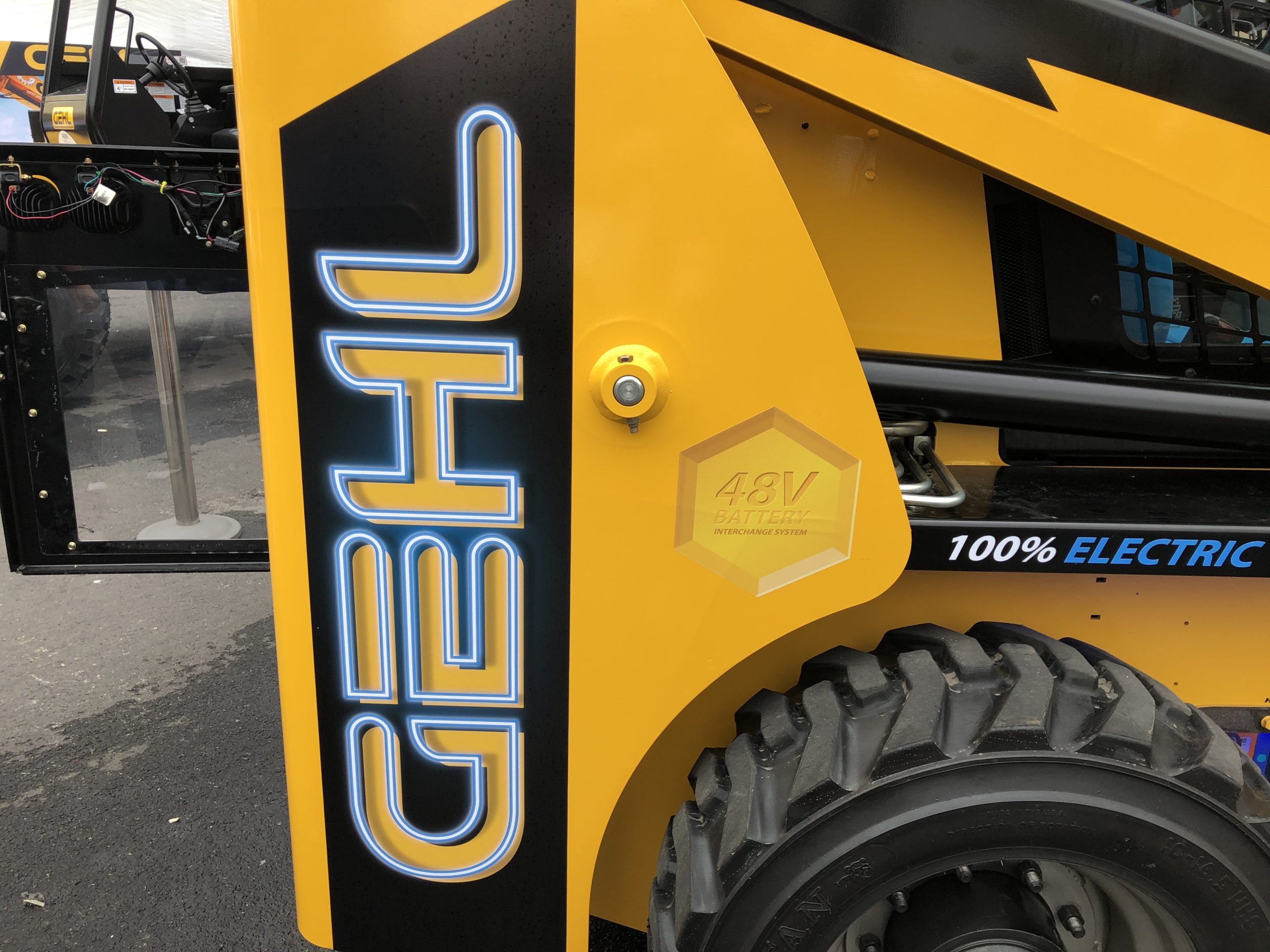
100% Electric Forklift concept vehicle by Gehl powered by 12 lithium ion batteries.
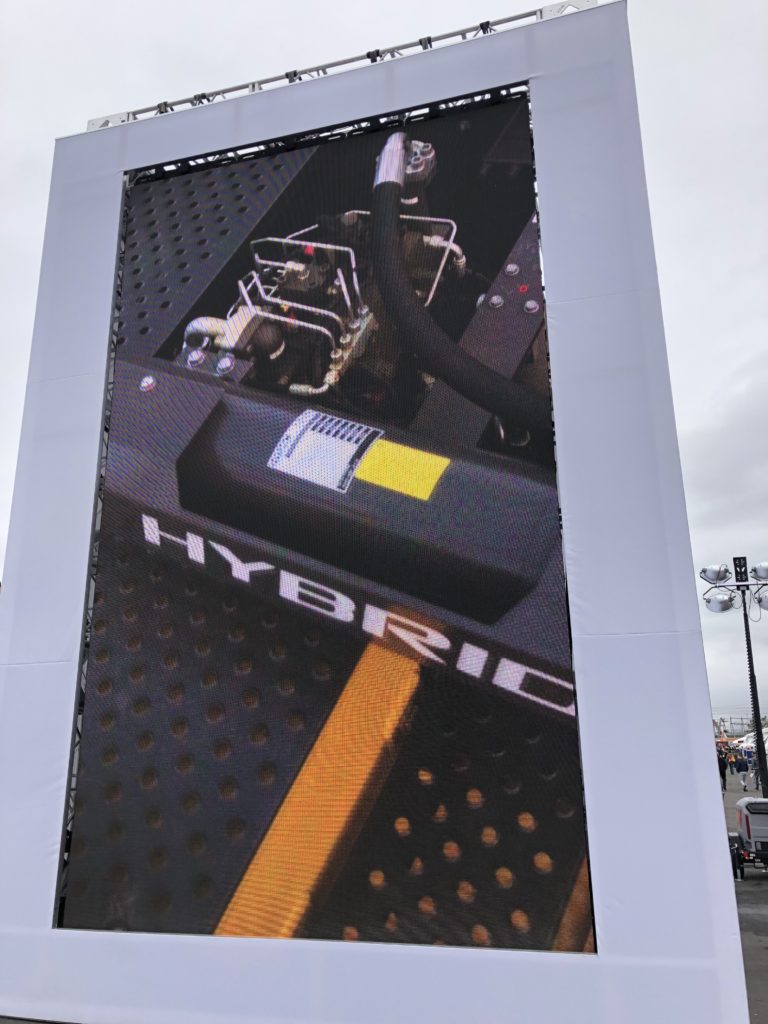
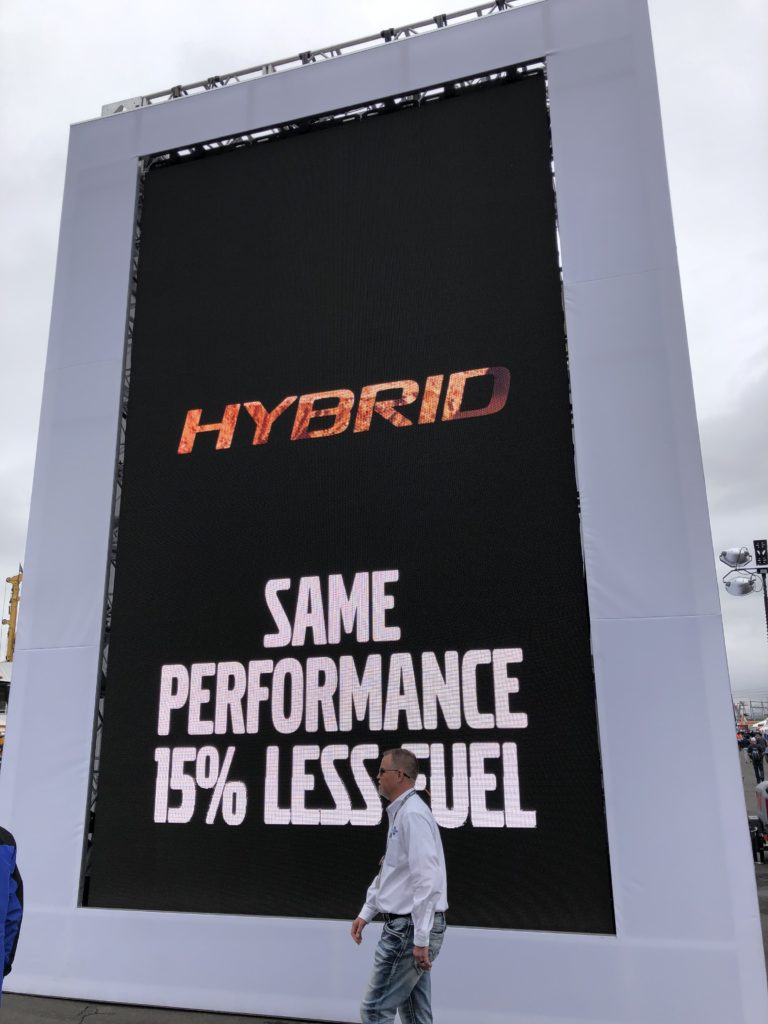
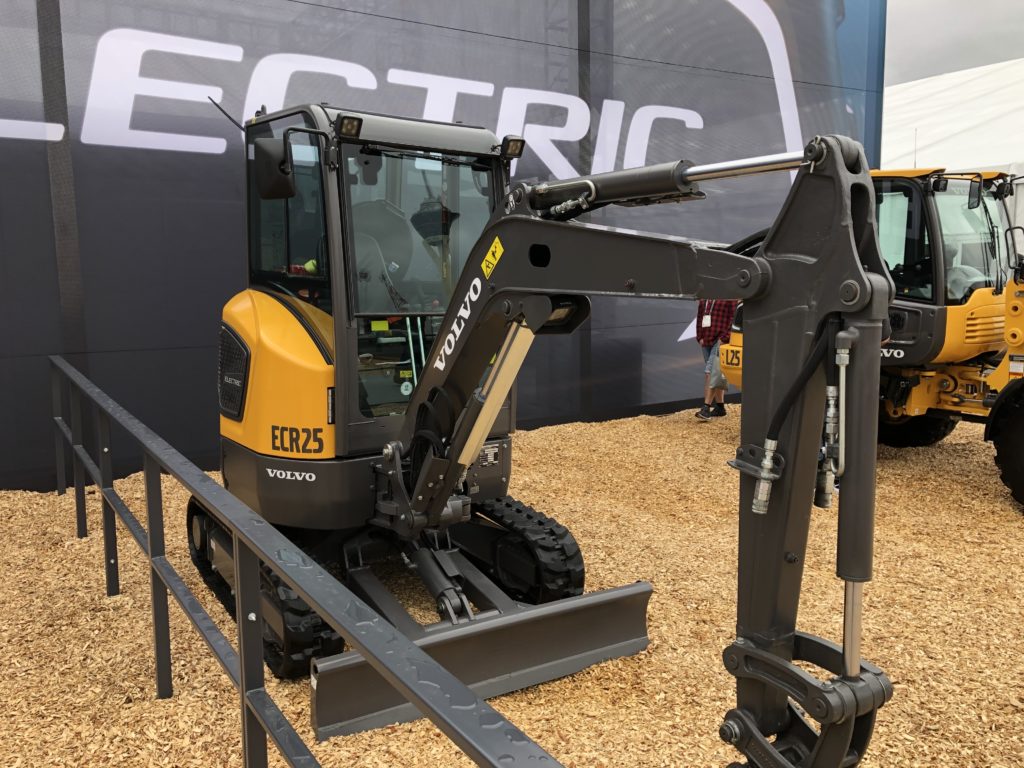

EDITOR’S NOTE: Eric Best, engine research analyst at Power Systems Research, is walking the floor at CONEXPO 2020, looking for new engine and power train products. Here is his report on two innovative companies.

FPT Industrial
FPT has bought out a methane/natural gas company, a battery company, and a hydrogen company, and my contact has no worries about the future of electrification or alternative fuels.
MOSCOW–The Moscow Boat Show conducted here March 5-9 in the Crocus City Expo center occupied two exhibition halls with total square of 19,000 sq.m., but it was much different in several ways than previous shows.

The number of boats shown was 30% less than during last year’s event. And the organizers of the show left a lot of empty space even in the dedicated halls. This looked strange because often there were only narrow passages between boats.
Surprisingly, more than 50% of the boats at the fair were produced domestically. Jeanneau, Beneteau and some other brands were also here, brought by a local dealer, but in smaller sizes and numbers than last year’s show. Some EU and Turkish shipyards exhibited at the fair, but did not bring anything besides marketing materials.
2020-02-26
(ST. PAUL, Minn., USA) – Our team members in China face daily challenges as they navigate the myriad regulations and safety measures implemented by local authorities and the national government attempting to control the spread of coronavirus (COVID19).
Confinement to home is the hardest part. Schools have yet to re-open after the Spring Festival holiday. Special IDs proving one is a local resident must be presented when going outside. Store visits are restricted to one person per household every two to five days, depending on your location.
2020-02-25
This article initially appeared in the February 2020 issue of PowerTALK ™ News.
Foton says it will start producing Trucks in Guaíba-RS, in the facility formerly designated for his own factory. However, the production will be handled by GEFCO under a manufacturing contract, with parts imported from China. Previously, Foton assembled its trucks at the Agrale plant, also in Rio Grande do Sul state, to meet commitments made under government incentive programs. The number of models built here is likely to increase during the year, but no details have been disclosed.

Source: Automotive Business Read The Article
PSR Analysis: At the same time Foton works on local production, it is working on adding about 50 dealers from Ford Trucks, which closed its operations in Brazil, to eliminate one of the biggest gaps to increase sales. The other gaps, such as reliability perception and spare parts availability, will take longer to be addressed, but we can see growth in sales and production of the Chinese OEM in Brazil, given more positive market conditions. PSR
Fabio Ferraresi is Director-Business Development SA
This is the estimate by Power Systems Research of the number of Wheel Loaders to be produced in the United States in 2020.

This information comes from industry interviews and from two proprietary databases maintained by Power Systems Research: EnginLink™ , which provides information on engines, and OE Link™, a database of equipment manufacturers.
Market Share: With combined plant totals of 47%, Caterpillar leads in production of Wheel Loaders/Dozers in the United States. In second position is Deere with 22%. Third, is Case New Holland with 8%.
This article initially appeared in the February 2020 issue of PowerTALK News.
JAPAN–Honda plans to introduce 200 electric motorcycles for postal delivery services by March 2020, and around 2,000 units are expected be introduced in FY2020. Approximately 85,000 postal delivery motorcycles are running in Japan today, and all are made by Honda. There are also three-wheel models, but most are Super Cubs, which has a reputation for reliability. At first, these EV bikes will be deployed in Tokyo, where the driving range is small, and in other local ordinance-designated cities.

The base unit is the electric motorcycle for business use, the Benly e-series. Honda will start selling it to corporations in April 2020. This is a 96V system in which two lithium-ion batteries with a voltage of 48V are connected in series. Charging is performed by removing the battery from the vehicle and using a special charger; it takes about four hours to reach full charge from zero.
Honda says the bike has a maximum output of 3.8PS and achieves a 12-degree slope uphill performance with maximum load capacity. The cruising range is 87km for Benly e: I and 43km for Benly e: II. According to Honda officials, the bike can be operated for one day considering the delivery range, but in most cases it will return to the post office during lunch break, and a battery can be replaced at that time.
Source: Response
This article initially appeared in the February 2020 issue of PowerTALK News.
SUMMARY. The North American economy remained stable in 2019 and pure economic conditions as well as fundamentals in the region were favorable. Most industries performed very well, and the short-term outlook remains stable to flat for most market segments. However, we see many new developments that could suggest a shift in the trend.

Consumer confidence declined slightly in December, following a moderate increase in November. The Conference Board’s Consumer Confidence Index stood at 126.5 in December, 1.4 points higher than in September 2019.
Per Lynn Franco, Senior Director of Economic Indicators at The Conference Board: “While consumers’ assessment of current conditions improved, their expectations declined, driven primarily by a softening in their short-term outlook regarding jobs and financial prospects. While the economy hasn’t shown signs of further weakening, there is little to suggest that growth, and in particular consumer spending, will gain momentum in early 2020.”